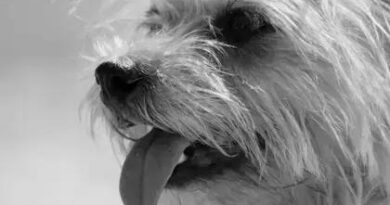O que é Luxação
What is Luxation?
Luxation, commonly referred to as dislocation, is a medical condition where a bone is displaced from its normal joint position. In dogs, this can occur in various joints, including the shoulder, hip, and knee. Understanding luxation is crucial for pet owners, as it can lead to significant pain and mobility issues for their furry companions.
Causes of Luxation in Dogs
Luxation in dogs can be caused by a variety of factors. Traumatic injuries, such as falls or accidents, are common culprits. Additionally, certain breeds are genetically predisposed to joint issues, making them more susceptible to luxation. Conditions like arthritis can also weaken the joint structure, increasing the risk of dislocation.
Symptoms of Luxation
Recognizing the symptoms of luxation is essential for prompt treatment. Dogs may exhibit signs such as limping, reluctance to move, or visible pain when the affected joint is touched. Swelling around the joint and an abnormal range of motion are also indicators that a luxation may have occurred.
Diagnosis of Luxation
To diagnose luxation, veterinarians typically perform a physical examination and may recommend imaging tests such as X-rays. These tests help confirm the dislocation and assess any associated injuries to ligaments or surrounding tissues. Early diagnosis is vital for effective treatment and recovery.
Treatment Options for Luxation
Treatment for luxation varies depending on the severity and location of the dislocation. In some cases, a veterinarian may be able to manually reposition the joint, a procedure known as reduction. More severe cases may require surgical intervention to stabilize the joint and prevent future dislocations.
Post-Treatment Care
After treatment for luxation, proper care is essential for recovery. This may include restricted activity, pain management, and physical therapy to strengthen the surrounding muscles. Regular follow-up visits to the veterinarian are crucial to monitor the healing process and ensure the joint regains its full function.
Preventing Luxation in Dogs
Preventing luxation involves maintaining your dog’s overall joint health. Regular exercise, a balanced diet, and maintaining a healthy weight can significantly reduce the risk of joint issues. Additionally, avoiding high-impact activities, especially in breeds prone to luxation, can help protect their joints.
Luxation vs. Subluxation
It’s important to differentiate between luxation and subluxation. While luxation refers to a complete dislocation of a joint, subluxation is a partial dislocation where the joint surfaces remain in partial contact. Both conditions can cause pain and dysfunction, but their treatment approaches may differ.
When to See a Veterinarian
If you suspect your dog has experienced a luxation, it’s crucial to seek veterinary care immediately. Delaying treatment can lead to further complications, including chronic pain and joint instability. Early intervention can make a significant difference in your dog’s recovery and quality of life.




